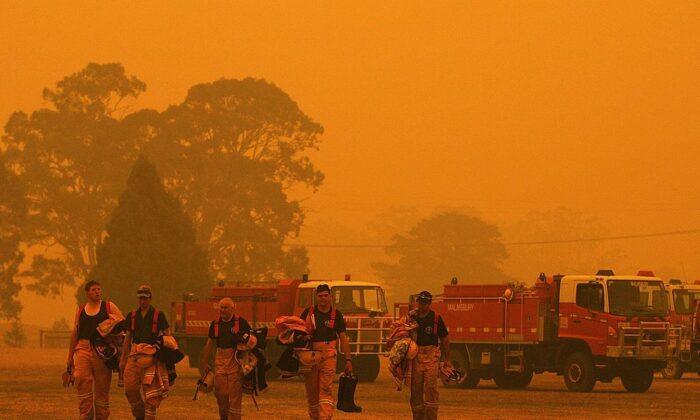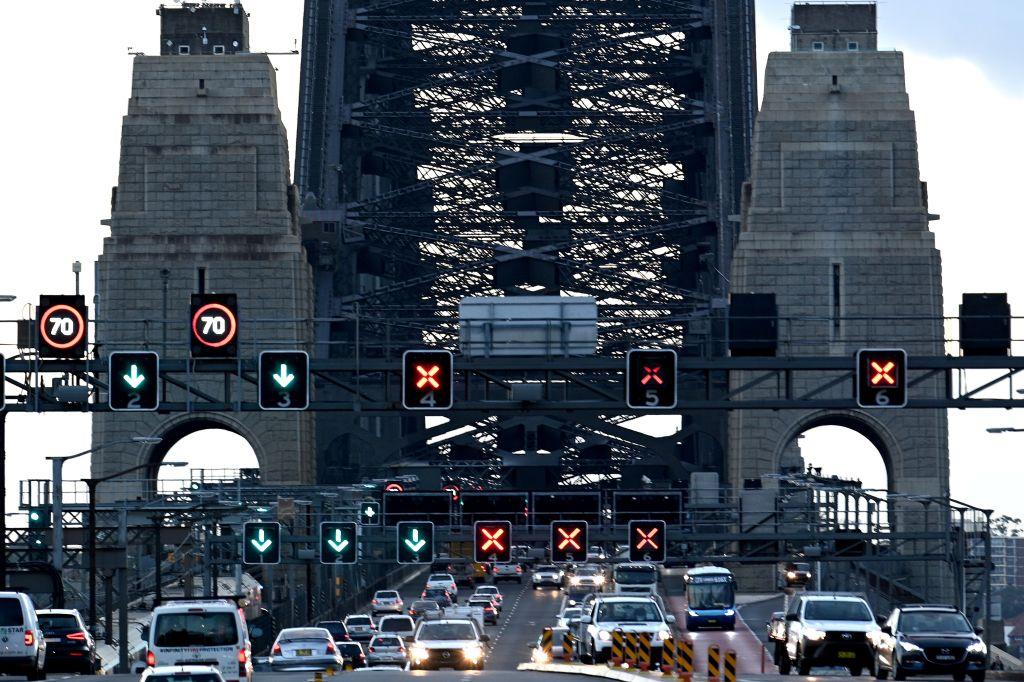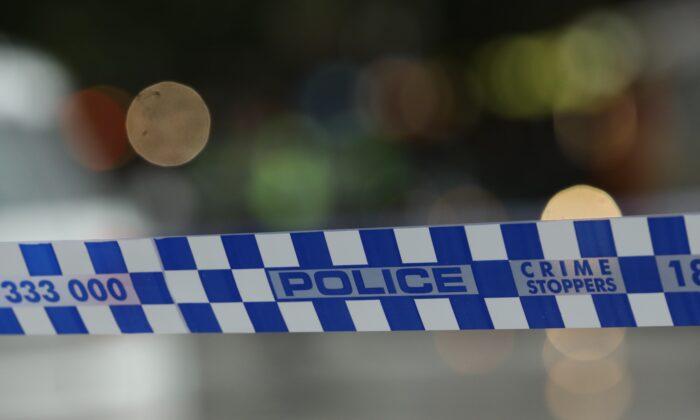Victorians are waiting out catastrophic fire conditions as more residents near Ballarat are ordered to leave.
The Bayindeen bushfire northwest of Ballarat burned through more than 22,000 hectares ahead of temperatures in the high 30Cs and high wind gusts on Feb. 28.
Horsham in the Wimmera region, where the fire danger was catastrophic, recorded a wind gust of 96km/h after 5pm and was still sitting on 30C a couple of hours later.
The majority of people in fire danger zones left by midday on Feb. 28, but some stayed to protect their properties, prompting a warning from the State Control Centre the worst may be yet to come.
An emergency warning later instructed residents of Dereel, 33km from Ballarat, to leave immediately because of an out-of-control grassfire.
The warning was then updated to include Corindhap and Rokewood Junction and advise residents to shelter indoors.
A watch-and-act also instructed residents in areas including Enfield, Mount Mercer and Rokewood to leave immediately.
“People were probably lulled into a false sense of security to an extent because we had cloud cover for a good part of the day,” control centre spokesman Luke Hegarty told ABC Melbourne before 4pm on Feb. 28.
“The temperatures have shot up, the winds have shot up.
Mr. Hegarty urged people to remain “on their toes” ahead of a predicted cool change and said crews had quickly contained a couple of fires.
Containment lines have been built around the Bayindeen fire’s entire 157km perimeter and pockets of scrub burned out overnight in the northwest and east of the blaze.
“We have a control line right the way around the fire,” incident controller Jarrod Hayse told reporters in Ballarat on Wednesday afternoon.
“For every hour that this fire doesn’t reach control lines, we’re in a really good position.”
Authorities earlier warned the fire could rip through the communities of Beaufort, Elmhurst, Amphitheatre, Lexton, Learmonth and Clunes.
Rain was falling in Beaufort just before the midday deadline to leave for residents and others in the Wimmera to the state’s west, where catastrophic conditions were forecast.
But Mr. Hayse said the cloud cover wasn’t expected to last and warned it could bring dry lightning.
“Our confidence is not that high in making sure we won’t have any breaches of containment today,” he said.
Authorities have been pleased with most residents in the danger zone heeding advice to get out of town but some have decided to stay.
Beaufort local Kevin, who did not wish to have his surname published, said he couldn’t bear to see his property and large shed burn down after fire wiped out his family home in the NSW Blue Mountains in the 1990s.
“I don’t want to lose my house again,” he told AAP.
“The insurance company don’t want to know about it.”
Most stores in the small town were shut aside from a few cafes, as local Country Fire Authority members departed for the fire ground on Wednesday morning, Feb. 28.
Residents fleeing danger zones were urged to go to built-up areas such as Ballarat, Ararat and Maryborough.
Beaufort’s urgent care centre was closed on Feb. 28, with the bushfire having the potential to cut power to homes if it came over the Western Highway.
The areas with an extreme fire danger rating on Feb. 28 were the Mallee, Northern Country, North Central, Central and South West regions.
Mildura reached 44C before a cool change was expected in central parts of Victoria after 8pm AEDT.
NSW firefighters were among 160 people who spent the night at a base camp in Ballarat, which can house up to 300 people in tents.
The Bayindeen fire has destroyed six homes but more are expected to be accounted for once conditions subside.
More than 100 stock animals were killed in the fire or are missing, according to the State Control Centre.
The minimum security Langi Kal Kal prison in Trawalla, 40km west of Ballarat, has been evacuated, with inmates moved to the Western Plains Correctional Centre at Lara.







